Gardening Q&A
-
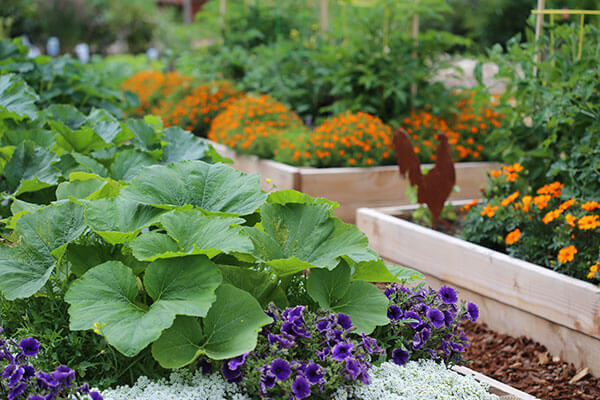
My husband always rototills the garden before we plant. I've read that rototilling might not be good for the soil. Is it?
We used to rototill the garden before planting, and each year the paths and the plants would be in different places, depending on how we felt and what we wanted to plant. Then I decided to switch to raised beds because I could more closely control the soil mix, and, more importantly, we weren't walking on parts of the garden where we would be planting another time. Walking compacts the soil, so why not keep the paths in a permanent place and avoid compacting the soil where you plant? I also learned that rototilling breaks up the soil to a certain depth, but below that you can have an undisturbed shelf that can get quite hard. Also, as you rototill, you bring up any hidden weed seeds to the light. Yikes! I certainly didn't want to awaken any weed seeds.
Rototilling also offered another surprise. When the garden was one big 20-by-60-foot space, it was a little overwhelming every spring to weed and rototill and plant. But with the raised beds, I could focus on weeding or working on a couple of beds each day, and it was both mentally and physically easier. We used 2-by-12-inch redwood to build the beds, so I could sit on the side of the bed and reach in to weed, add compost or plant. It brought order to the garden, which is always a good thing! I haven't rototilled my vegetable garden in years.
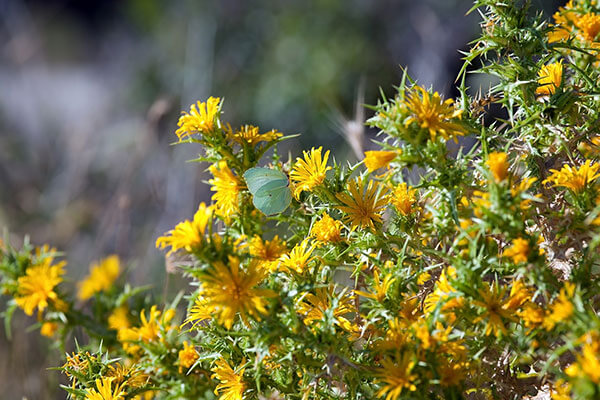
My problem is starthistle. Need I say more?
I agree, enough said. Dealing with starthistle is a management problem I learned the hard way. We had lots of open space that needed to be kept mowed for fire management, but it wasn't irrigated. One year, I decided it would look like a park—a dry park, but neat and tidy. So I mowed early and often, and came up with a crop of starthistle that was unbeatable. I had given the lurking starthistle seeds exactly what they wanted: mowed dry space, no competition from other plants, no water. It thrived. It's a smart plant: If I mowed the starthistle, it would grow only as high as it had been mowed and bloom so I couldn't mow the new blooms off.
Coincidentally, I attended a mini-seminar about starthistle—which is native to Eurasia and was introduced to California around 1850—and learned it grows where the land has been disturbed. In the meantime, I learned to let the natural grasses grow a bit bigger before I mowed the fields each spring. That way, when I mowed, there was a layer of mowed grass protecting the soil. I'd still get a few starthistle plants, but I'd pull them up. With careful management, I was able to prevent more starthistle seeds from sprouting and taking over the land.
-
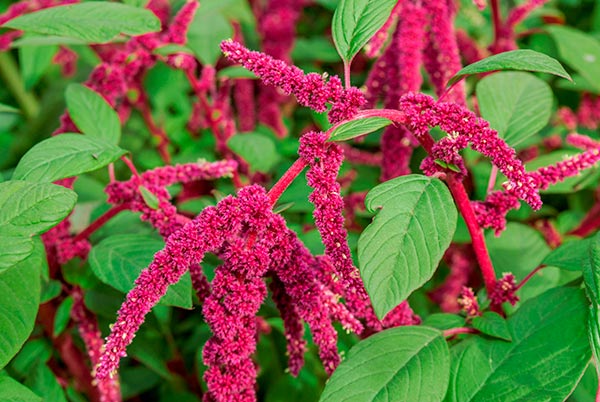
I want to plant a bed of colorful annuals in my garden, but want something unusual. Any ideas?
Yes. I love planting old-fashioned types of annuals with their unusual, evocative names: love lies bleeding (pictured above), kiss-me-over-the-garden-gate, love-in-a-mist, bells of Ireland, morning glory and more. Take a look through the seed racks at your local nursery and let your imagination take over. One year, I chose a half dozen or so seed packets based on the names of the flowers. What a surprise I had that year!
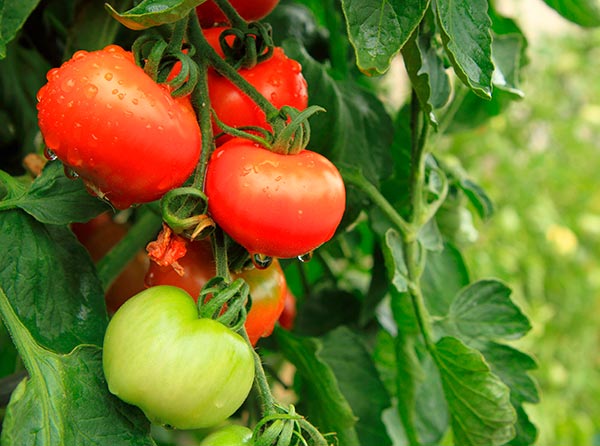
A couple years ago, many of my tomato plants wilted and died. I thought they had a disease, so I planted them in a different spot in the garden. I was also careful to throw away the dead plants. It keeps happening. What am I doing wrong?
A friend had the same thing happen, and he thought it was a mosaic disease that some tomatoes can get. Turns out he wasn't giving them enough water. They were certainly wilting and dying, but from thirst, not from disease. Tomatoes like thorough, deep watering. Let them dry out a bit, and water them again. The best way to water is also to do it slowly. Don't take a hose and flood them, but let the hose trickle until the ground is well saturated. I think this should take care of your tomato troubles.
-
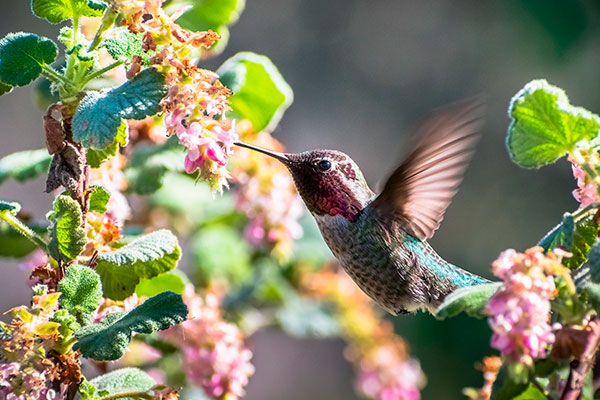
I'm torn as to whether I should keep putting hummingbird food or birdseed out during the winter. Will it keep the birds from migrating? Will it make them dependent on me for their food rather than find it in the wild?
Those are questions I have struggled with, too. I have a hummingbird feeder as well as a finch feeder. I want to give Mother Nature a hand, but at the same time I don't want to be responsible for changing the natural patterns of our wild neighbors. Don't worry: Bird experts say the sugar water is a supplemental food for hummingbirds, and they will leave once the insect population in the area drops below what they need to survive. U.S. Fish and Wildlife Service says you can feed wild birds year-round, and it won't make them "lazy" or "dependent." So I left my feeders up. But I also made sure I planted a few chaparral currant plants (Ribes malvaceum). It's a California native that comes out of dormancy as soon as the rains start each fall and is a favorite nectar plant for migrating hummingbirds.
However, I do draw the line at leaving anything out that might draw other wildlife to my house (such as leaving cat food out, since it attracts raccoons). Some wild animals should never be lured into urban areas. They will absolutely decide to move in, and in the end it will only get them into trouble.
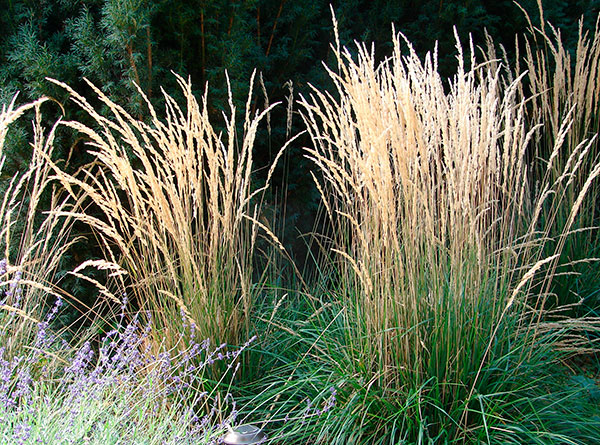
I planted a couple long rows of ornamental grasses—miscanthus and Calamagrostis—at my house. They were beautiful all spring and summer and fall. In fact, the fall colors were the best. But now they are falling apart all over the place. It's a mess, and I'm discouraged. Are they dead? What did I do wrong?
You did nothing wrong! But ornamental grasses need to be cut back once their fall colors begin to fade, because, as you learned, the next thing that happens is the plants fall apart, and the foliage gets scattered everywhere. Sometime between Thanksgiving and New Year's Day, cut them to the ground. They'll reward you with amazing foliage the coming year.

